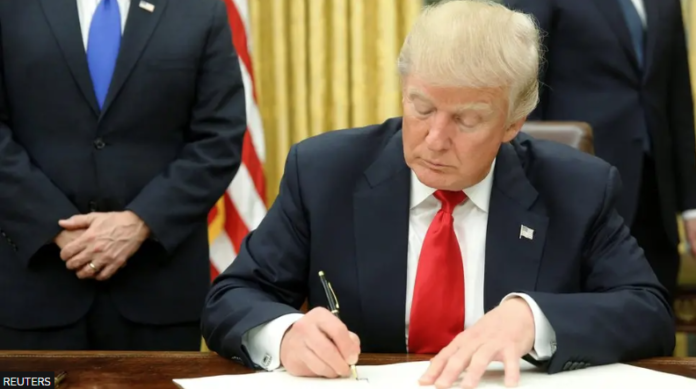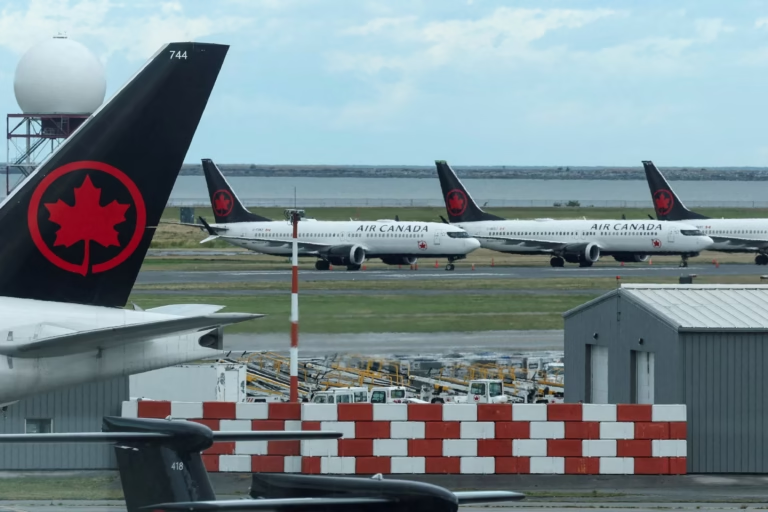
In a significant escalation of protectionist measures, President Donald Trump declared on July 11, in a public letter to Canadian Prime Minister Mark Carney, that starting August 1, the United States will implement a 35% tariff on all imports from Canada—a notable rise from the existing 25% rate.
Trump defended this action by referencing the $63 billion trade deficit between the U.S. and Canada, as well as concerns over border security and the opioid epidemic, particularly related to fentanyl smuggling—despite claims from Canadian officials that they represent a minor portion of those imports.
Aside from Canada, Trump suggested implementing a universal tariff of 15–20% on products from almost all other trading partners that do not have finalized agreements with the U.S.
In statements to NBC News, he even proposed increasing current tariffs—effectively elevating the basic rate from 10% to 20% or 15%—if a trade framework is absent.
Markets reacted quickly. European and Canadian stock markets declined, and the Canadian dollar fell, as anxieties grew regarding global economic impacts.
🏛️ Canada’s Reaction
Prime Minister Carney vowed to strongly protect Canadian workers and restart negotiations prior to August 1, emphasizing that any retaliatory actions would be met with corresponding measures from Ottawa.
Canada and the U.S. persist in trade talks within the USMCA framework, allowing exceptions for compliant products—but distinctions remain vague.
🌍 Wider Implications
Experts caution that these extensive tariffs threaten North American supply chains, particularly in the lumber, automotive, aluminum, and steel sectors. The possibility of mutual tariffs risks intensifying a cross-border trade conflict, as international markets prepare for the repercussions from increasing trade restrictions.


